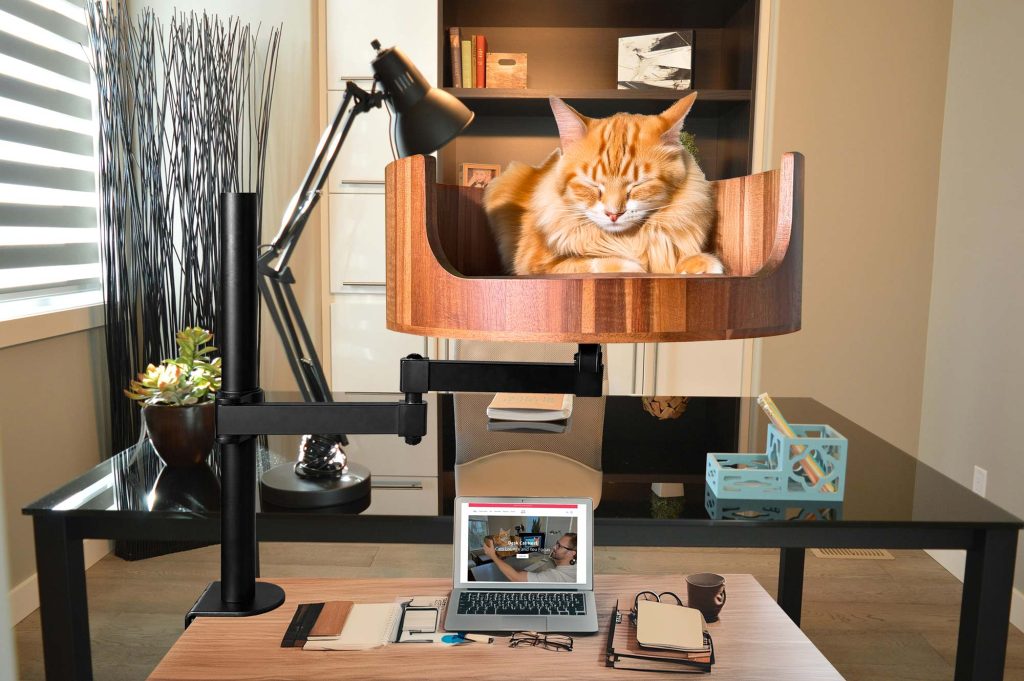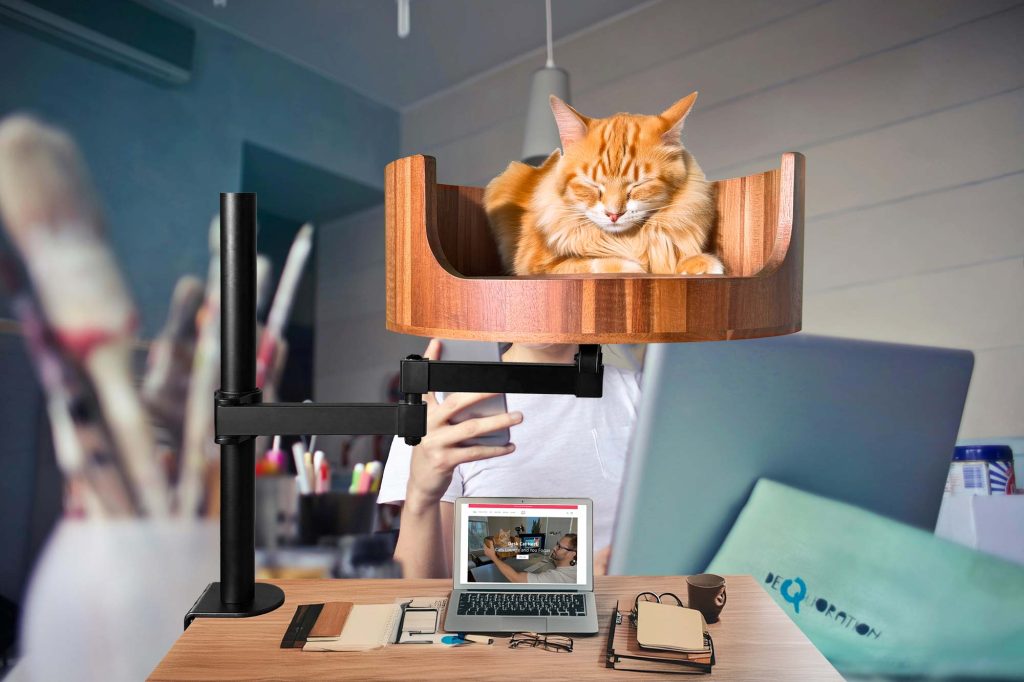If you have a cat at home, you’ve probably experienced the constant chatter of meows, purrs, and other vocalizations that our feline friends use to communicate with us. Understanding what these sounds mean can be a challenge, but it’s essential for building a strong bond with your pet. In this article, we will explore the world of feline communication, focusing on why cats meow so much and what they might be trying to tell you.
One of the most common reasons for a cat meowing frequently is simply to get your attention. Cats are social animals and often use their vocalizations to interact with their humans. Whether they want food, playtime, or just some affection, your cat’s meows are a way of saying, “Hey, pay attention to me!” However, excessive meowing could also signal a more serious issue, such as illness or distress. By learning to decode your cat’s meows and other vocalizations, you can better understand their needs and provide the care and attention they deserve. So buckle up as we dive into the fascinating world of cat communication and unravel the mysteries behind your feline friend’s constant chattering.
1. Cats meow to communicate with humans, not other cats, as they have learned it can get them what they want.
2. Different types of meows can indicate various needs or emotions, such as hunger, loneliness, or excitement.
3. Understanding the context in which your cat meows can help you better respond to their needs and strengthen your bond.
4. Excessive meowing could be a sign of an underlying health issue or anxiety, and it’s important to observe your cat’s behavior for any changes.
5. By paying attention to your cat’s vocalizations and body language, you can establish a more effective form of communication and improve your relationship with your feline companion.
## Types of Cat Vocalizations
Cat meows can take on many forms, each serving a specific purpose or conveying a particular message. Some common types of cat vocalizations include the friendly greeting meow, the demand meow, the attention-seeking meow, the distress meow, and the mating meow. By understanding the various types of meows, cat owners can better interpret their cat’s needs and emotions.
## Body Language and Meowing
In addition to vocalizations, cats also use body language to communicate. When a cat meows while arching its back, it may be expressing fear or aggression. Conversely, a cat that meows while rubbing against its owner’s legs is likely seeking affection. By paying attention to both vocalizations and body language, cat owners can gain a more comprehensive understanding of their feline friend’s communication.
## Health Issues and Excessive Meowing
While some cats are naturally more vocal than others, excessive meowing can sometimes indicate an underlying health issue. Cats that meow persistently and loudly may be in pain, discomfort, or distress. Common medical issues that can cause excessive meowing include hyperthyroidism, urinary tract infections, and dental problems. Cat owners should consult their veterinarian if they notice a sudden increase in their cat’s vocalizations.
## Training and Modifying Meowing Behavior
For cat owners who find their feline companion’s meowing excessive or disruptive, training and behavior modification techniques can be effective in reducing vocalizations. By rewarding quiet behavior and ignoring excessive meowing, cat owners can teach their cats to communicate in more desirable ways. Additionally, providing mental and physical stimulation through interactive toys and playtime can help reduce boredom-related meowing.
## FAQ
### How can the Desk Cat Nest help with my cat that meows a lot?
The Desk Cat Nest can provide your cat with a cozy and comfortable space to relax, which can help reduce stress and anxiety that may be causing excessive meowing.
### Can the Desk Cat Nest be easily placed on my desk?
Yes, the Desk Cat Nest is designed to easily fit on most desks, providing your cat with a dedicated space to rest while you work. Its compact size makes it perfect for smaller workspaces.
### Will the Desk Cat Nest be easy to clean?
Yes, the Desk Cat Nest is made with removable and washable cushions, making it easy to keep clean and maintain for your cat’s comfort.
### Is the Desk Cat Nest durable and long-lasting?
Yes, the Desk Cat Nest is made with high-quality materials that are built to last, ensuring that your cat can enjoy it for a long time to come.
### How can I encourage my cat to use the Desk Cat Nest?
Placing your cat’s favorite toys or treats in the Desk Cat Nest can encourage them to explore and use it. Additionally, providing positive reinforcement and praise when your cat uses the nest can help establish it as a desirable space for them.
In conclusion, the Desk Cat Bed is a valuable choice for cat owners whose feline companions meow a lot. By providing a comfortable and secure space for your cat to relax and nap, the Desk Cat Bed can help alleviate stress and anxiety that may be causing excessive meowing. Additionally, the raised design of the bed allows your cat to feel safe and secure while still being able to keep an eye on their surroundings. Overall, the Desk Cat Bed offers numerous benefits for both you and your cat, making it a worthwhile investment for addressing excessive meowing behavior.


